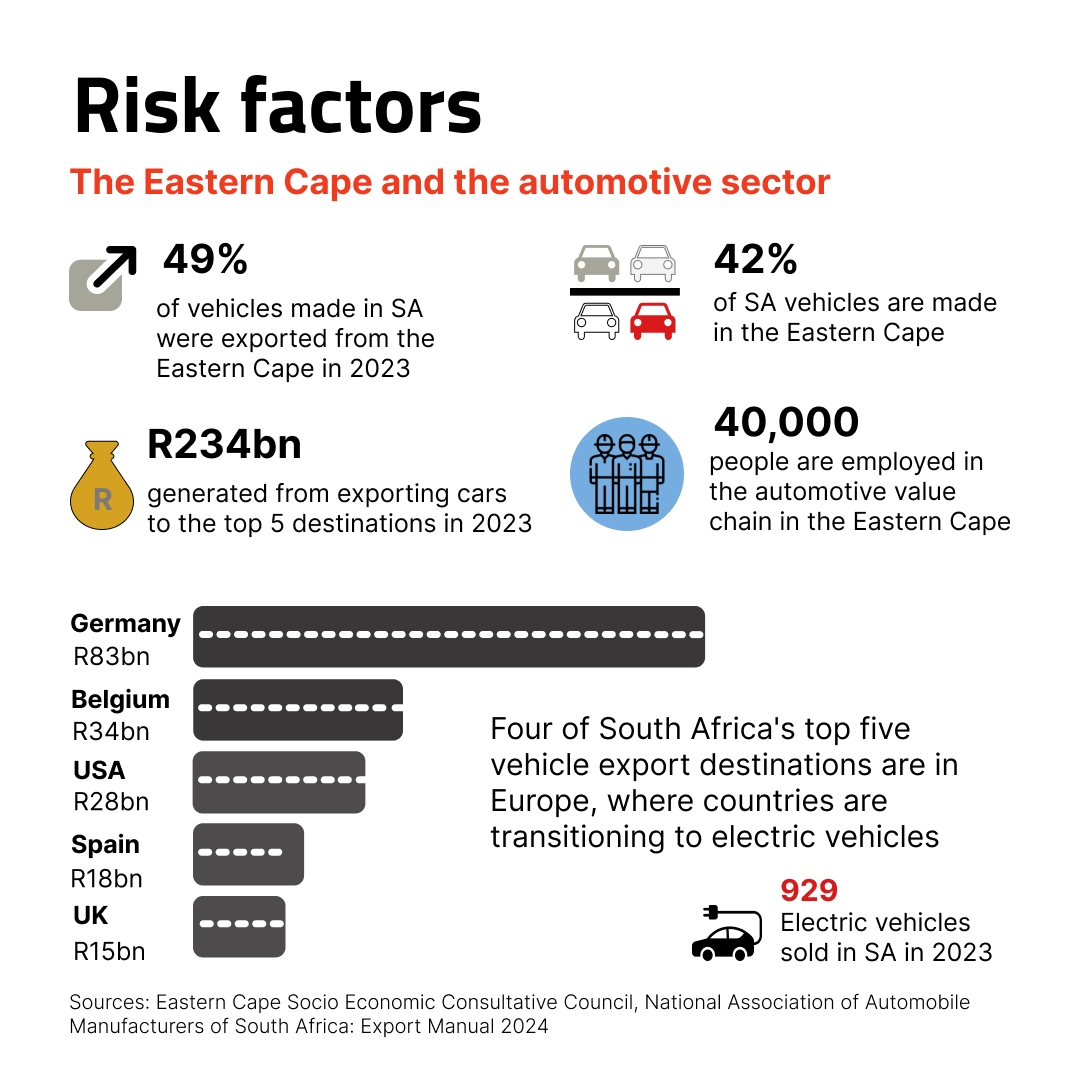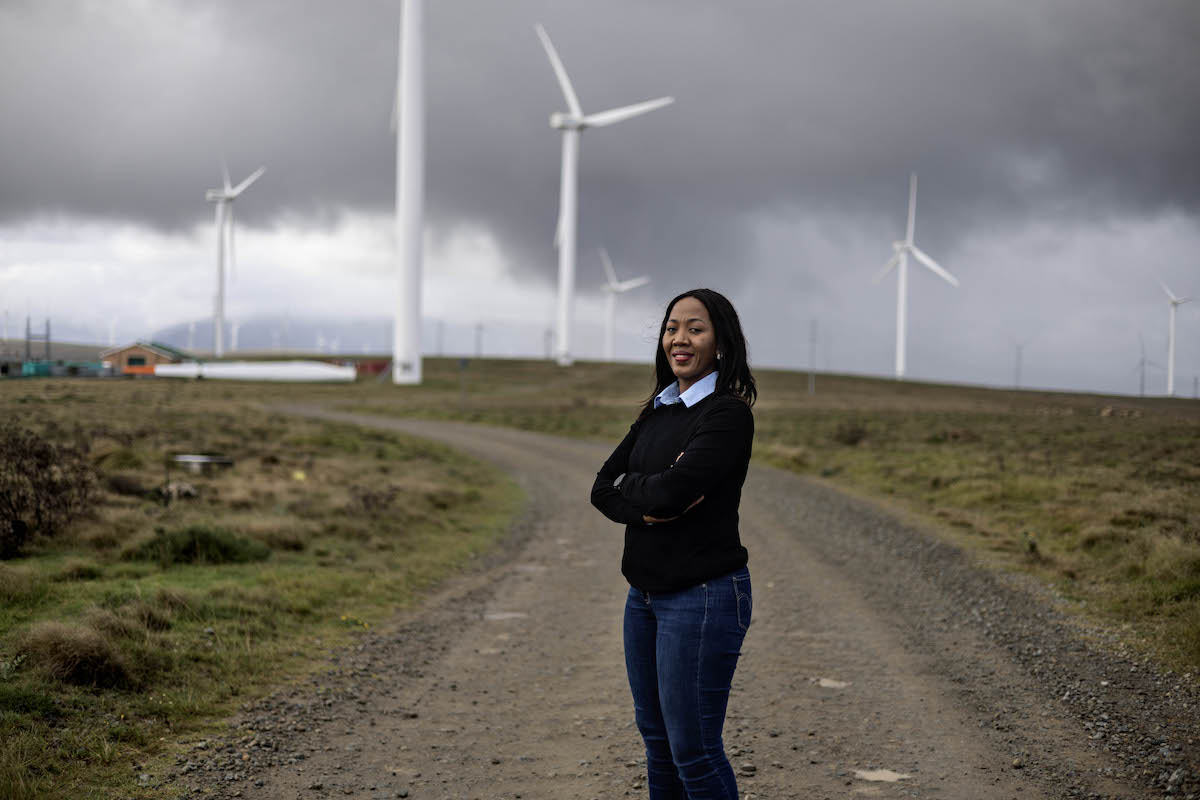Eastern Cape
A sleeping wind power giant
While the Eastern Cape did not play a major role in South Africa’s electricity market in the past, that could soon change.
Aside from its solid solar energy potential, the province has some of the best wind resources in the country and was an early pioneer of the technology.
With strong wind speeds in parts of the interior – including in the Karoo – and along its coast, the Eastern Cape has all the necessary ingredients to become a wind energy powerhouse.
While the Albany area is a biodiversity hotspot, thus limiting the scope of projects, substantial development potential remains in less sensitive areas, such as Jeffreys Bay.
But as is the case in the other two Cape provinces, the Eastern Cape’s electricity grid is now at capacity, meaning any new power projects won’t be able to export energy to the rest of the country, as things stand.
To fulfil its clean energy potential, significant investments will need to be made in the province’s transmission lines, transformers, and substations.
The province could, however, make better use of its existing transmission infrastructure by deploying modern grid-enhancing technologies and allowing for curtailment of power when there’s too much available, says independent analyst Clyde Mallinson.
And it could shift its focus inwards to circumvent grid constraints altogether, Mallinson adds.
It could, for example, establish a green hydrogen hub near Coega, thereby increasing local demand for wind and solar energy.
Green hydrogen is made by splitting water into its individual components – hydrogen and oxygen – using electricity derived from renewable sources. That hydrogen can then be used in heavy industrial processes, like steelmaking.
'The best move for the Eastern Cape would be to attract energy-intensive users who want to use green energy,' Mallinson explains. 'In other words, use the province’s wind resources to drive economic activity and increase local demand for electricity.'
As an example, the province could attract manufacturers of electric vehicles, battery storage units, and green fertiliser, he said. And to bolster water security, it could power desalination plants with locally produced wind energy.
Meanwhile, risks loom. In particular, the global energy transition threatens one of the Eastern Cape’s biggest industries: vehicle manufacturing.
South Africa’s main vehicle export market, the EU, is rapidly moving towards electric vehicles as it eyes a total ban on petrol- and diesel-powered cars by 2035.

About 100,000 automotive sector jobs are at risk across the country, with many in the Eastern Cape, according to South Africa’s just energy transition implementation plan (JETIP).
With this in mind, the government is working on a comprehensive strategy for the electric vehicle market.
If it gets it right, the Eastern Cape could benefit from 'new industrial employment in local component supply chains, and continued access to export markets,' the JETIP document reads.
In addition, local sales of EVs would reduce transport costs for the poor and cut emissions and air pollution along transport channels.
 Wind power gives young people a reason to stay in Cookhouse
Wind power gives young people a reason to stay in Cookhouse